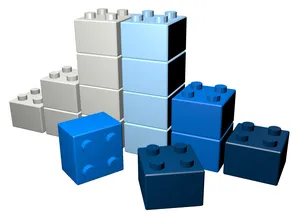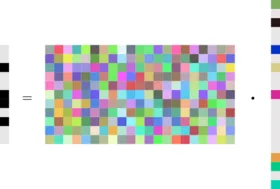Coding and Modulation

Efficient communication requires higher-order modulation and error control codes. We can approach the theoretical limits by implementing Shannon‘s blueprint. Two key concepts are probabilistic shaping and quantized message passing to reduce transmitter power and receiver complexity. We design and implement state-of-the-art low-density parity-check (LDPC) and polar codes and decoders.
Currently working in this area:
- Fariba Abbasi
- Mustafa Karaǧöz
- Constantin Runge
- Alexander Sauter
- Yusuf Şener
- Andreas Straßhofer
- Thomas Wiegart
- Ayman Zahr

Algorithms, Codes, and Learning
We are developing algorithms and codes for signal processing problems, including machine learning for communications. As the need for secure communications increases, we concentrate on privacy and secrecy-related topics, including federated learning. We further investigate non-standard topics such as directed information.
Currently working in this area:
- Rawad Bitar
- Francesca Diedolo
- Sena Ergişi
- Abdalla Ibrahim
- Diego Lentner
- Daniel Plabst
- Yue Xia

Wireless and Optical Communication
Two key technologies to increase data rates are multi-input, multi-output (MIMO) and space-division multiplexing (SDM). For wireless applications, massive MIMO utilizes many antennas with simplified signal processing, and joint communication and sensing enables efficient communication and control. For optical fiber and other non-linear channels, receiver performance can be improved by approximate message-passing algorithms such as expectation propagation.
Currently working in this area:
- Hooman Asgari
- Delcho Donev
- Yutong Han
- Alex Jäger
- Mahdi Mahvari
- David Schaber
- Lorenzo Zaniboni